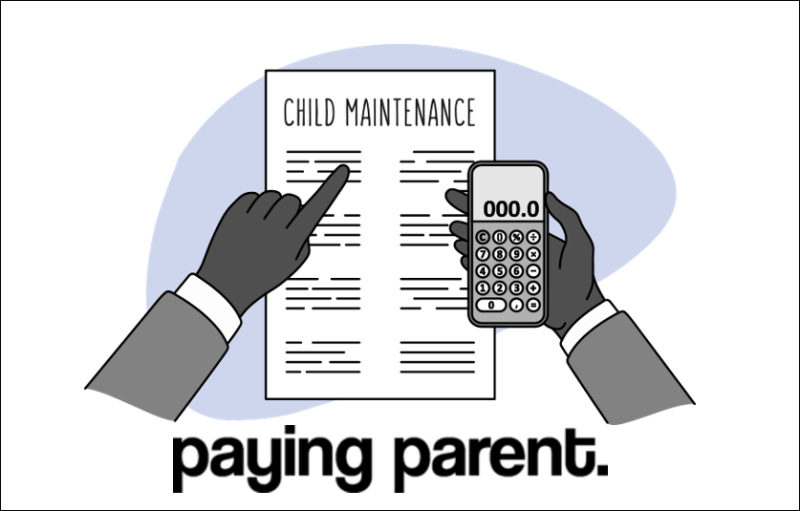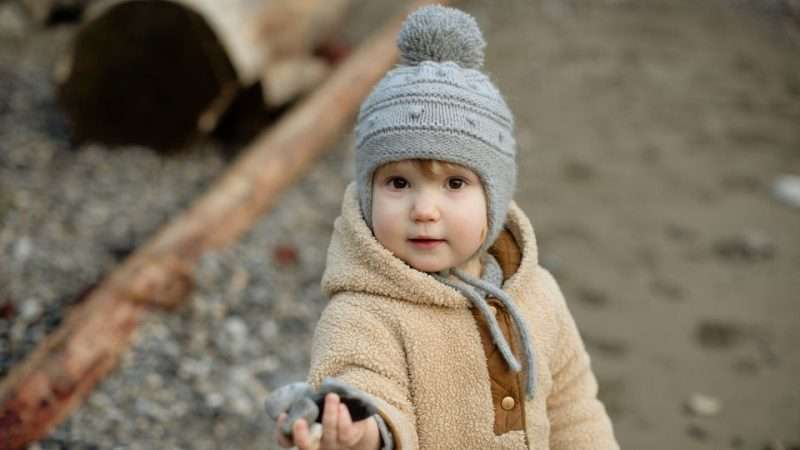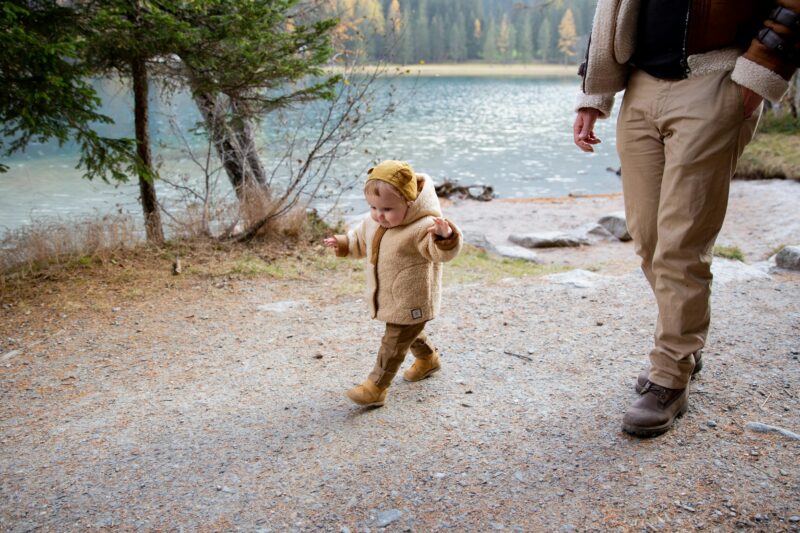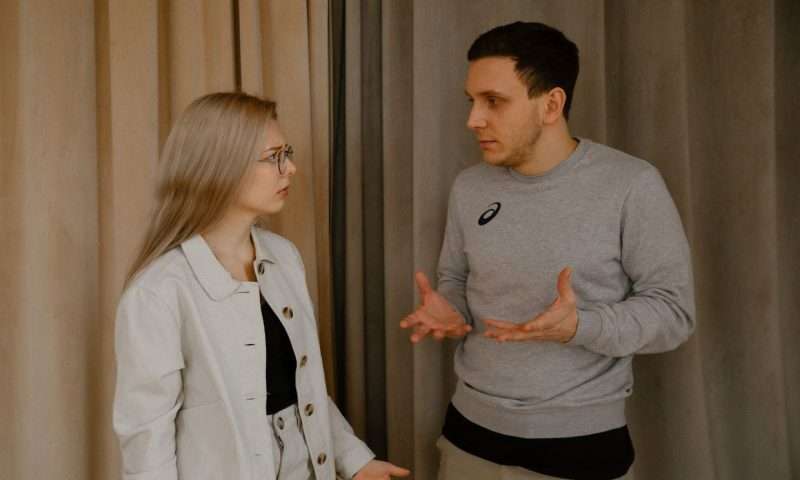When you look at the Father Christmas thing, it seems kind of silly for parents to pursue it as a concept. Basically, you lie to your kids, knowing they will discover that you’ve lied just at the point when you really want them to know that lying is bad. You also spend a tonne of cash on presents and you don’t even get to take the credit. But, it is magical – you can’t deny that. So we continue. Right up until the point when you start to think your child has stopped believing in Santa.
And that is where it gets tricky.
It’s very unlikely there will be a point when the child will want to come right out and say they don’t believe. And you probably won’t want to go steaming in and reveal the truth. So, you spend what can last up to a couple of years circling each other, waiting to see who blinks first.
You don’t want to kill the magic. They don’t want to destroy the Christmas present gravy train.
So this article looks at ways to navigate some of the tricky bits of stopping believing in Santa.

Navigating them not believing in Santa anymore
Let them lead the way
They may ask you if Santa is real and you need to make a judgement. If they are particularly young, you might want to outright lie and tell them of course he is. It’s simpler. They probably heard something about believing and just wanted reassurance. When they get to eight, nine or ten, this is when it gets more difficult.
Of course it is your shout, but by the time they get to eight, nine, ten, it could be time to take a different tack. “What do you think?” is a response that can sometimes fish out their true feelings without stamping on their Christmassy dreams. Open up the communication and talk about their suspicions.
Only you know when they are ready, so let them lead the way and take it from there.
Justifying the lies
It might be that your child is a little annoyed about the fact that you’ve not been straight with them and that’s not unreasonable. Especially if you’ve recently chastised them for being economical with the truth.
In a way, it’s like begging strangers for sweets. 364 days of the year it’s forbidden. On Halloween it’s encouraged.
You need to get across the importance of the magic of Christmas the reasons behind the subterfuge. It is not an attempt to trick, but to enhance the experience. And to get them to behave, but don’t go too deep into that.
By the age they stop believing in Santa, they’re able to process more complicated concepts, so sell the positives of your actions. You can also let them in on some of the funny moments from years gone by when you nearly got caught out or had to go to extreme lengths to keep the story going. This helps them appreciate what you were trying to achieve more keenly.
Younger siblings
When there are younger siblings involved, the end of believing in Santa has to be dealt with carefully. Yes, you need to reveal the truth to the eldest, but you will probably want to keep the yarn going for the younger ones.
Your eldest child comes into play here and you can give them an important role to fulfil. Get them to help you carry on the Santa myth for the next couple of years. They will feel grown up, like co-conspirators, in on the big story, They will enjoy keeping the magic alive and you won’t have to broach the subject again for a little bit.

You will, however, need to keep up getting ‘Santa presents’ for your eldest so the younger ones don’t get suspicious. But there’s no perfect solution here.
Christmas traditions afterwards
Once your kids are done with the Santa story, that doesn’t mean that Christmas is done. You can revisit those traditions in a new way. For example, get your kids to bake for people in your area who might be alone over the festive period. They become Santa for their neighbours in this way. Give them one present each year from Santa, as a reminder of the times gone by. And make sure you still leave a mince pie and a brandy out. Dad needs a late night Christmas Eve snack, after all.
How did you deal with children no longer believing in Santa? Tell us in the Comments













